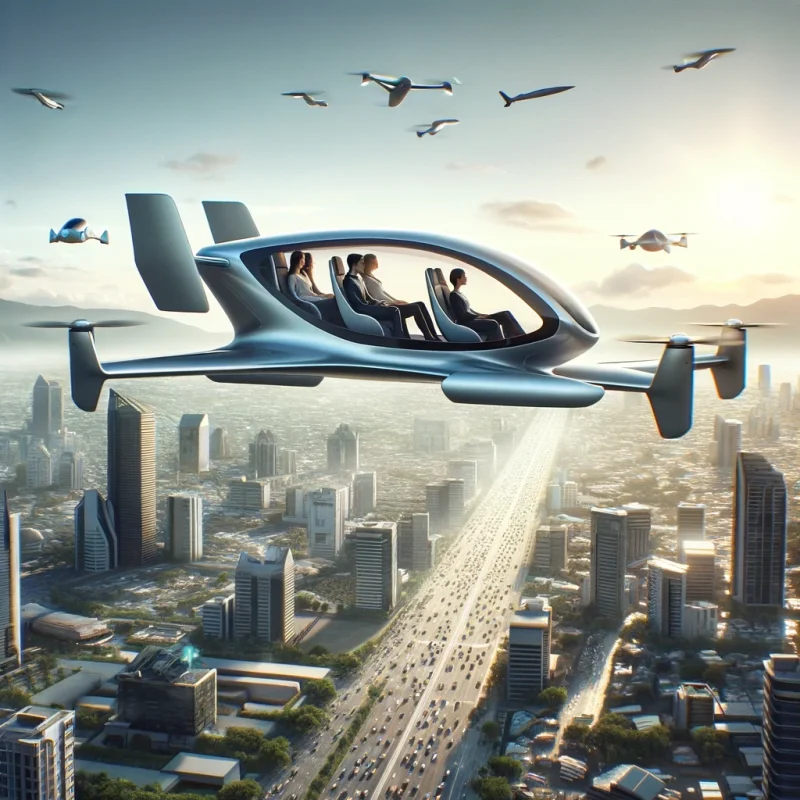The future of urban air mobility, particularly with electric Vertical Takeoff and Landing (eVTOL) vehicles and flying cars, is on the brink of transforming transportation as we know it. Enthusiasm for this technology is not unfounded, given the rapid advancements in battery technology and electric propulsion systems, as well as increasing interest from companies and governments worldwide.
The electric vertical takeoff and landing (eVTOL) and vertical takeoff and landing (VTOL) sectors are on the brink of a transformative era, primarily driven by significant advancements in battery technology. These improvements are crucial for enhancing the range and efficiency of eVTOL and VTOL aircraft, which are pivotal to the future of urban air mobility.
Researchers at the Karlsruhe Institute of Technology (KIT) have introduced a groundbreaking, low-cost, and eco-friendly mechanochemical recycling process. As energy storage tanks become more prevalent, sustainable recycling methods for valuable materials in these batteries are crucial. Lithium-ion batteries are ubiquitous in our daily lives, from powering laptops and smartphones to toys, remote controls, and other wireless devices. They also serve as the central energy storage for the rapidly expanding electromobility sector. Consequently, the increasing use of lithium-ion batteries necessitates sustainable and economically viable recycling techniques.
A new generation of water-based batteries could be on the horizon, promising a staggering 1000 percent increase in energy storage capabilities. According to a recent study by researchers at Texas A&M University, published in the prestigious journal Nature Materials, these innovative batteries boast improved uptime and safety features, setting them apart from their conventional lithium-ion counterparts.
The dawn of the flying car era is upon us, and at the heart of this revolution lies the development of increasingly efficient batteries for electric vertical takeoff and landing (eVTOL) vehicles. As manufacturers race to bring these futuristic vehicles to the masses, the focus has shifted towards enhancing battery efficiency, energy density, and overall performance. This article will delve into the latest advancements in battery technology, explore the challenges faced by the industry, and provide insights into how the evolution of battery efficiency can pave the way for a cleaner and more sustainable transportation future.






